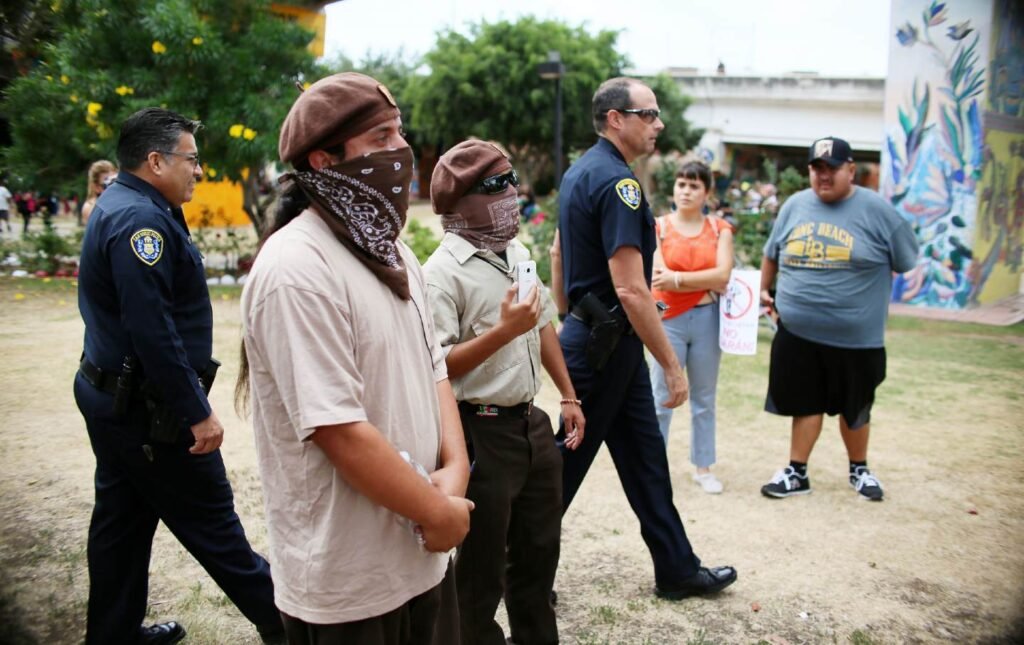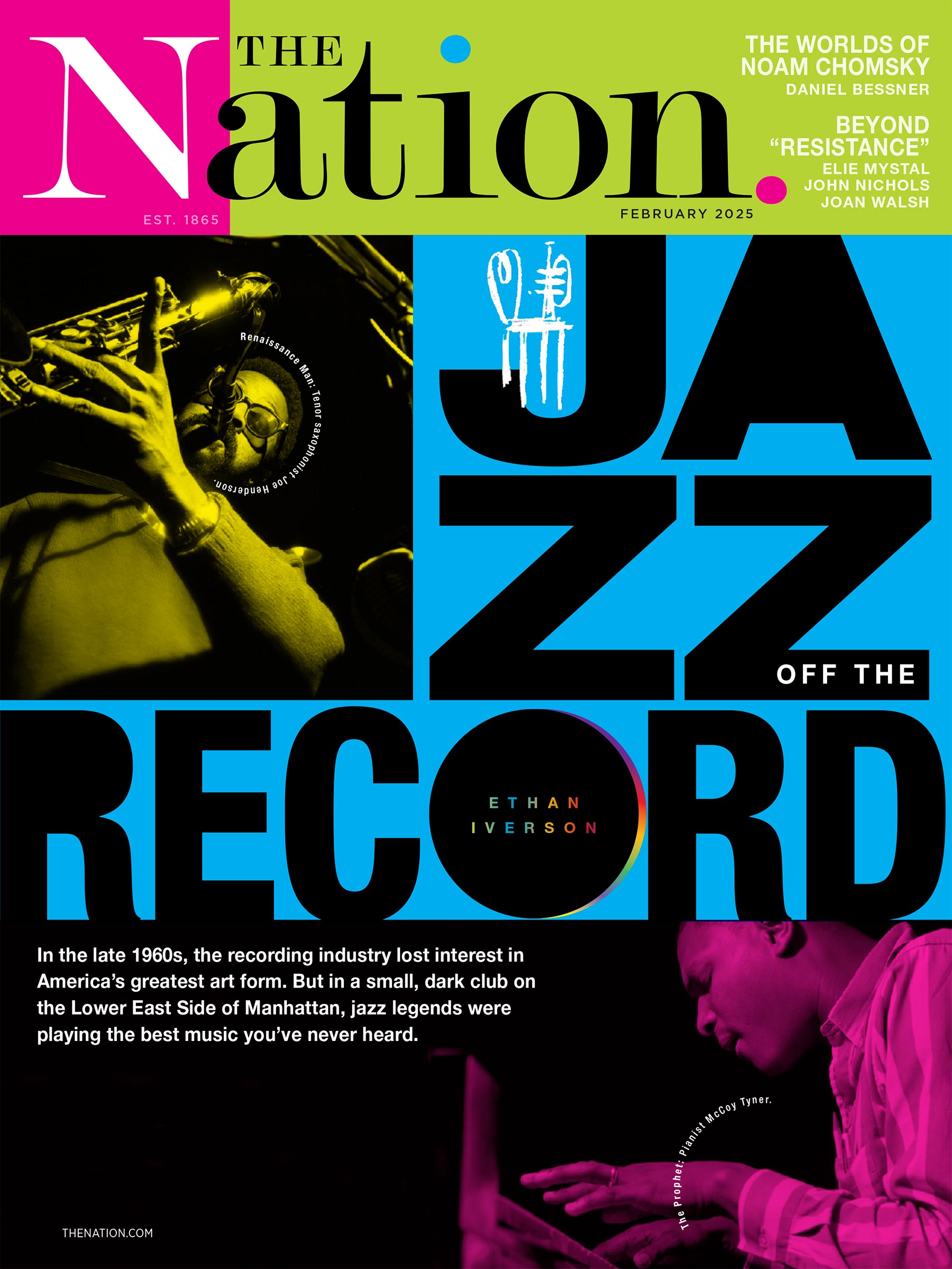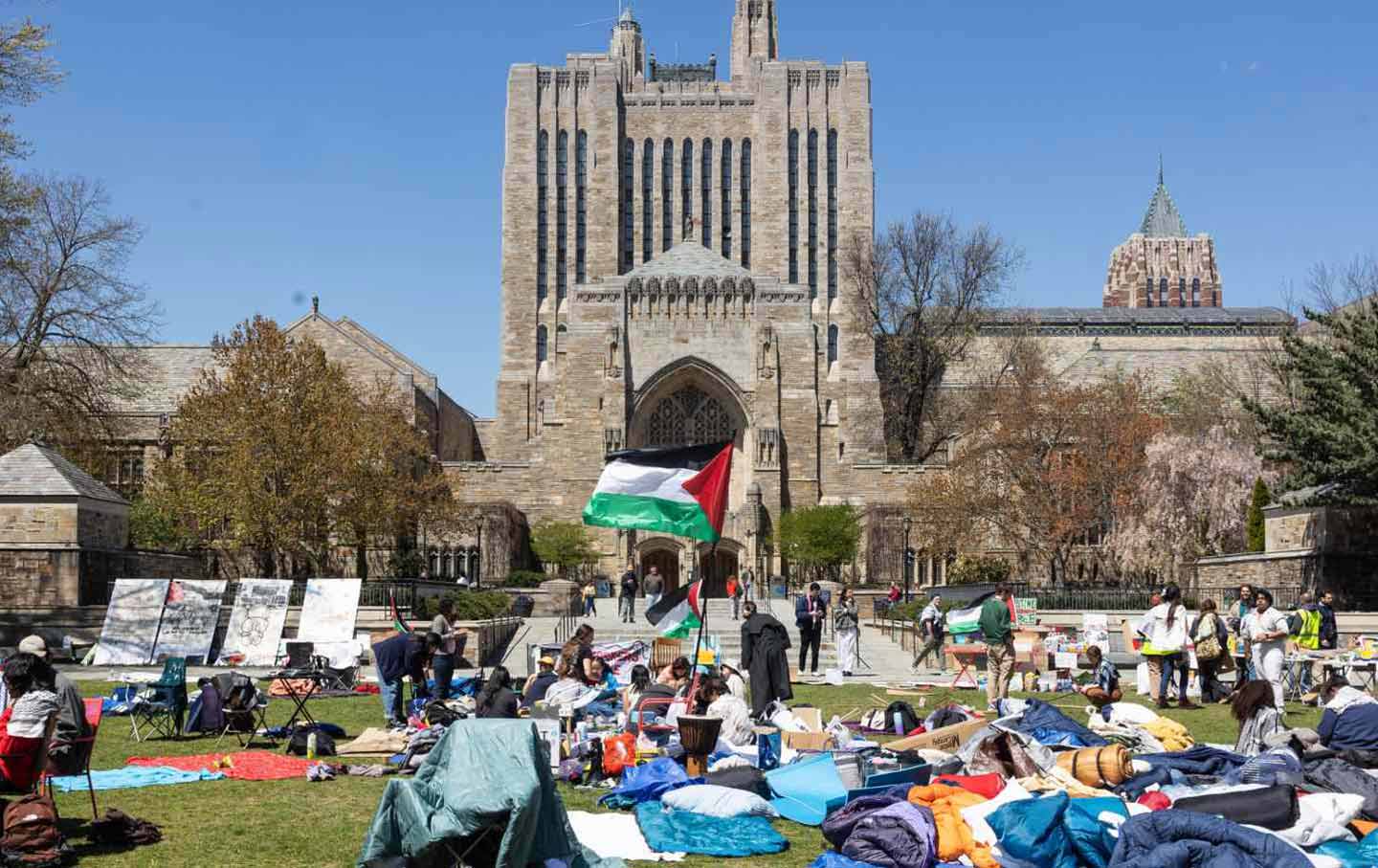January 16, 2025
And probably still at it. As recently released classified documents confirm activists’ long-held suspicions, these revelations should also alert us to current dangers.
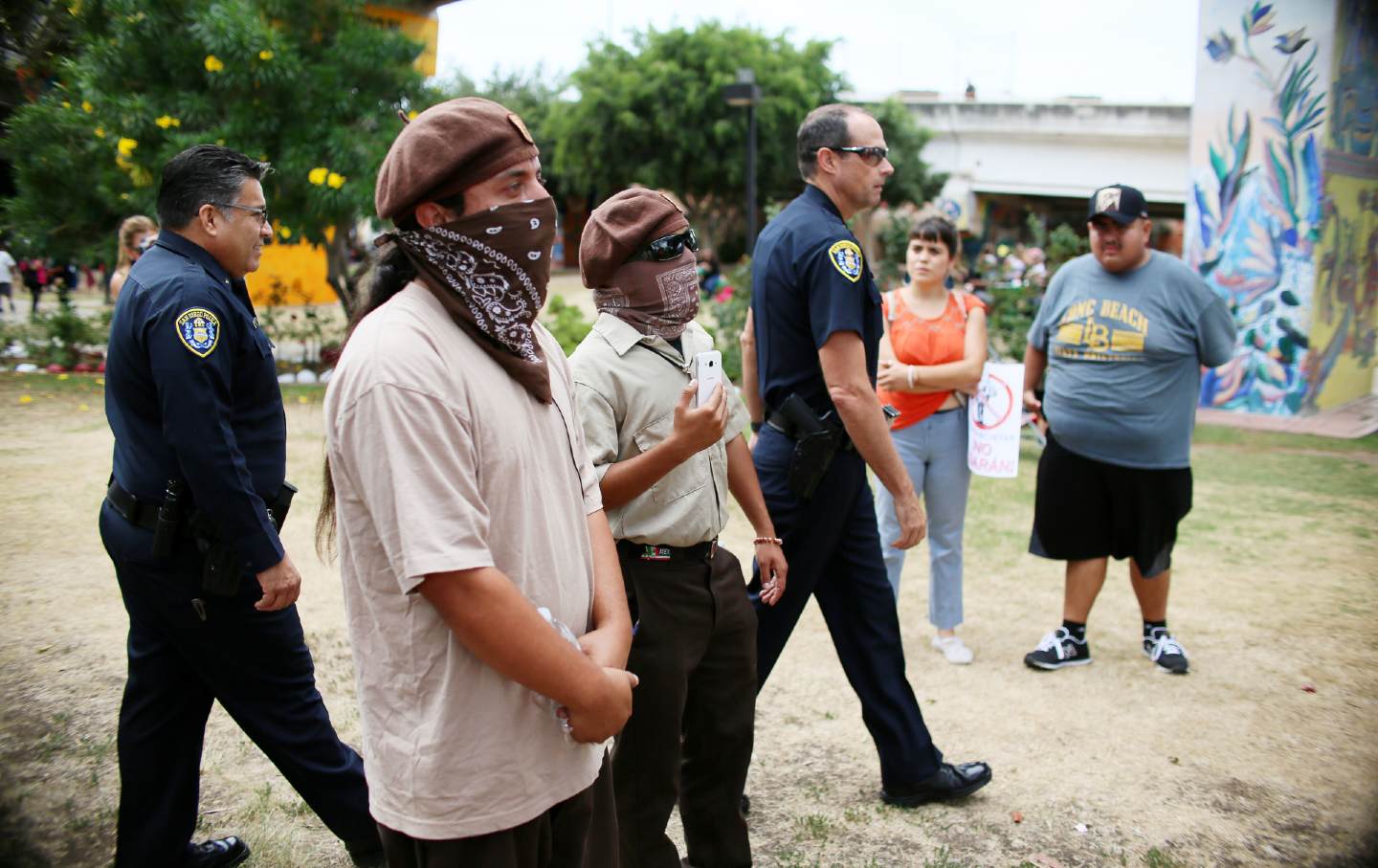
Recently released CIA documents finding that the agency followed Puerto Rican and Mexican American activists confirm what many of us have known for decades: that US government agencies have been—and probably still are—spying on Latinos.
A trove of 55 civil rights-era documents declassified by CIA Director William J. Burns in response to inquiries Reps. Joaquin Castro (D-TX) and Jimmy Gomez (D-California) raise questions about how and why the CIA, focused on foreign intelligence, spied on more than 7,000 US citizens and more than 100 national organizations — and did so in direct violation of its 1947 charter.
Dubbed Operation Chaos, which sounds like something out of a James Bond movie (or a Bond spoof), the illegal program directed CIA assets to infiltrate and surveil Chicano, Puerto Rican, and other Latino community organizations and activists. The purpose of the operation was to “record the organization, groups, and individuals with whom they came into contact,” according to the declassified memo, titled “CIA Contacts with Dissidents, Radicals, and/or Left-wing Elements in the United States.”
After the riots and racial unrest that shook the country in 1967, President Lyndon Johnson instructed federal agencies to investigate the causes of the social explosion. His directive led to the analysis and recommendations of the National Advisory Commission on Civil Disorders (known as the Koerner Commission after its chairman, Ohio Governor Otto Koerner Jr.). Among the commission’s lesser-known recommendations was a call for the government to integrate its surveillance systems. In response, then-CIA Director Richard Helms ordered the agency to begin gathering information on what one FBI memo described as “racial agitators who may travel abroad,” individuals who were also being investigated for “significant involvement in possible race disturbances in the United States.” »
In launching Operation Chaos, Johnson created a cultural hack that was used to legitimize illegal CIA activities targeting US citizens in both the analog and digital surveillance eras: stigmatizing Hispanics, blacks, and other racial groups as threats to national security, and then surveillance , stalking and even killing them, as happened in the more famous case of US surveillance of the Black Panthers.
Johnson’s successor, Richard Nixon, expanded the program in response to what he called “a wild anarchist orgasm that swept the country like a prairie fire.” Operation Chaos infiltrated and surveilled groups such as the Brown Berets, La Raza Unida, the Puerto Rican Socialist Party, and others opposed to the Vietnam War.
Castro’s representative, who sits on St Permanent Select Committee of the House of Representatives on Intelligence and Committee of the House of Representatives on Foreign Affairss, requested the release of the documents, specifically to redress past wrongs against these and other Latino groups, many of whom have suffered persecution, loss of funding and tarnished reputations.
“Organizations that operate legally and in the spirit of democracy have been scrutinized and often discredited,” Castro said in a statement to Nation. “Today, greater transparency about these actions can help us set the record straight and clear the names of those who have been unfairly targeted,” he added.
The broad Latin American net cast by Operation Chaos extended far beyond the more radical Latin American groups. Local religious, non-profit, educational, media and other groups organized around housing, education and other local and domestic issues also participated in the program. Bronx United Parents and the Chelsea Housing Coalition were targeted, as were Latinos and non-Latinos in SEIU, the American Federation of Teachers and other unions.
Among the many Latin American leaders who were exposed and targeted by the CIA’s unwarranted domestic operations were “Corca” Gonzalez, one of the leaders of the Denver Justice Crusade, legendary Los Angeles educator Sal Castro, and members of the Young Lords and the Puerto Rican Revolutionaries. Organization of workers, among others.
The declassified documents include memos documenting CIA surveillance of much more conservative figures such as legendary labor leader Cesar Chavez, a devout Catholic and former Navy veteran who often assigned undocumented immigrants as “illegals” and “wets.”
Unlike members of the Brown Berets, the Young Lords, La Raza Unida, or the Black Panthers, Chávez had no deep commitment to international solidarity and other causes that supported the New Left or anti-war, Chicano, or other radical movements. In one declassified memo, CIA officials inform their superiors: “A confidential source said that César CHAVEZ has declined an invitation from the Universal Union of Workers and Peasants of Mexico (UGOCM) to attend a meeting scheduled for November 1971.”
For Rep. Castro and others, the revelations contained in the documents, ranging from tape recorders and other analog devices illegally used during the civil rights era, have implications for Latinos and other organizations facing the possibility of digital surveillance in the current era. intersectional empire. “Every few years,” Castro said, “Congress considers legislation to reform or revise the powers of the US intelligence agencies. A more complete historical record will also help Congress better understand the safeguards needed to protect civil liberties and prevent future overreach.”
Another important subject of the declassified documents are students, who are often at the heart of mainstream social movements. For example, one 1969 cable referred to the destruction of “incriminating documents” concerning “wofirm” (a code for the CIA) assets operating on the University of Arizona campus. The cable also mentions an apparent “contract” between the Agency and the University of Arizona, whose administration shared the CIA’s concern about the militant anti-racist student group the Brown Berets and others organizing a “Department of Latino Studies,” one of the forerunners of the current ethnic studies programs being dismantled in the war diversity vs. DEI (diversity, equity and inclusions).
popular
“Swipe to the bottom left to see more authors”Swipe →
As I read about how the cables justify surveillance and other harassment by linking peaceful protests to violent extremism, I can’t help but wonder about the recent revelations of surveillance arrangements between university administrators and various federal agencies concerned with pressing issues like the DEI and modern-day Palestine.
Hundreds of documents received in Bloomberg last May show how, for example, the Department of Homeland Security and other federal government agencies continued the practice of making false equivalencies (eg, “The concern is that Yale University is pro-Hamas”) when they monitored students during the genocide protests at Columbia University. UCLA and other universities. As a wormhole connecting the analog and digital eras of government surveillance, reports that student groups, including the Brown Berets and other Latino student groups, continue to be surveilled and prosecuted by local and federal law enforcement for organizing against genocide in Palestine, give new reasons for concern.
The published documents will also cause very personal problems for many, including myself. Over the years I have encountered the surveillance state. In the late 1980s, Central American organizations to which I belonged or was associated were monitored and infiltrated by agents of the FBI’s COINTELPRO program, as documented in in Congressional Recordnews reports and books.
I read reports about solidarity activists and remember government memos about us. The memos described surveillance similar to that of Operation Chaos and how the information gathered would be “sent to the appropriate authorities of the El Salvadoran government.” At the time, more than a few deported Salvadoran activists were killed by the US-backed government’s death squads.
The recent revelations about Operation Chaos make me wonder what the CIA and other agencies have been up to lately. A lot has happened in the 50 years since the illegal actions described took place—50 years after the Altair 8800 (the first PC) we began freely giving up our contacts through social media platforms that government surveillance depends on. Machines with artificial intelligence are already learning from our history. Question: Shall we?
More from Nation
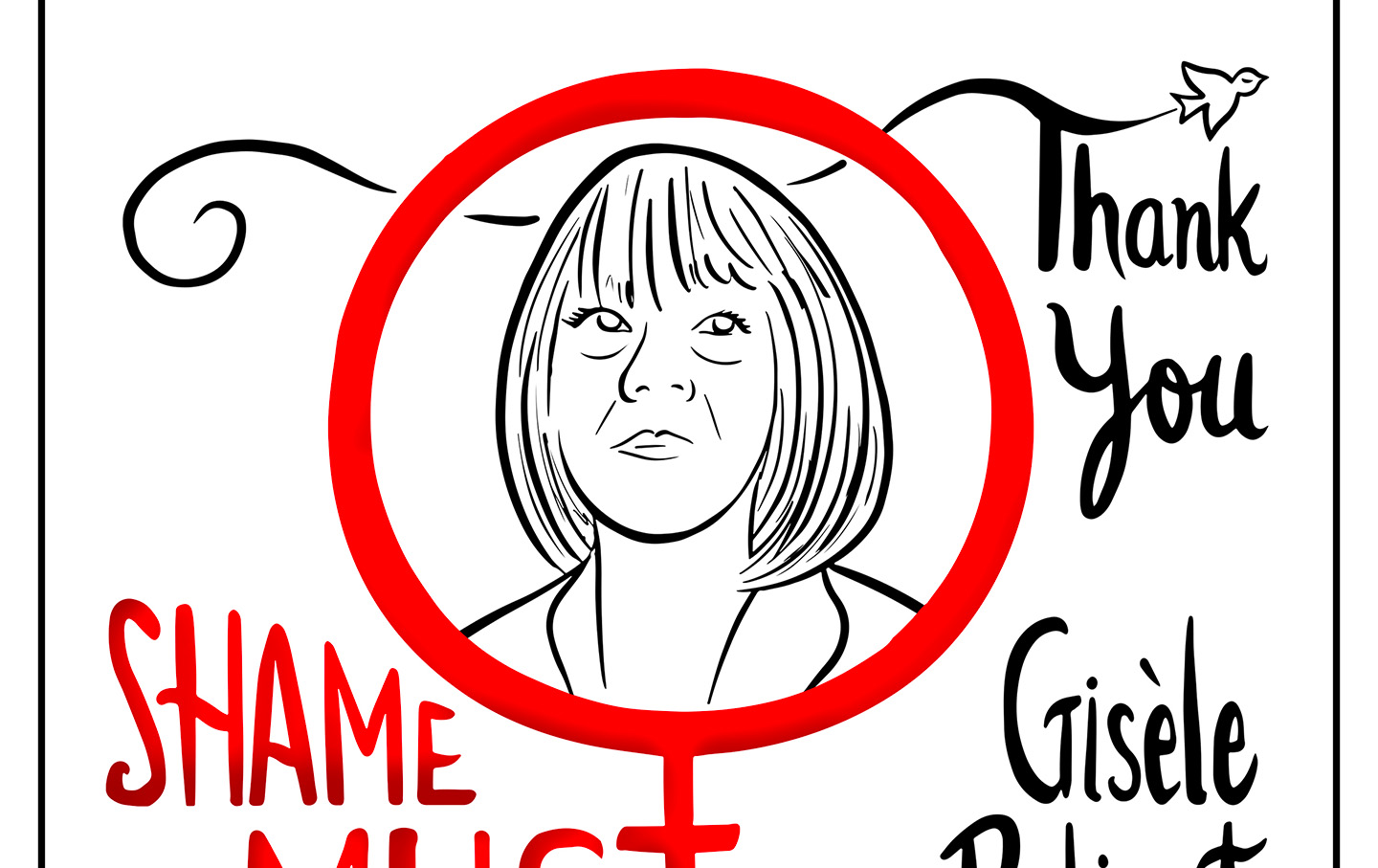
Giselle Pellicot survived a horrific mass rape in France. Fifty people were convicted, including her ex-husband Dominic Pellico, who received 20 years in prison.
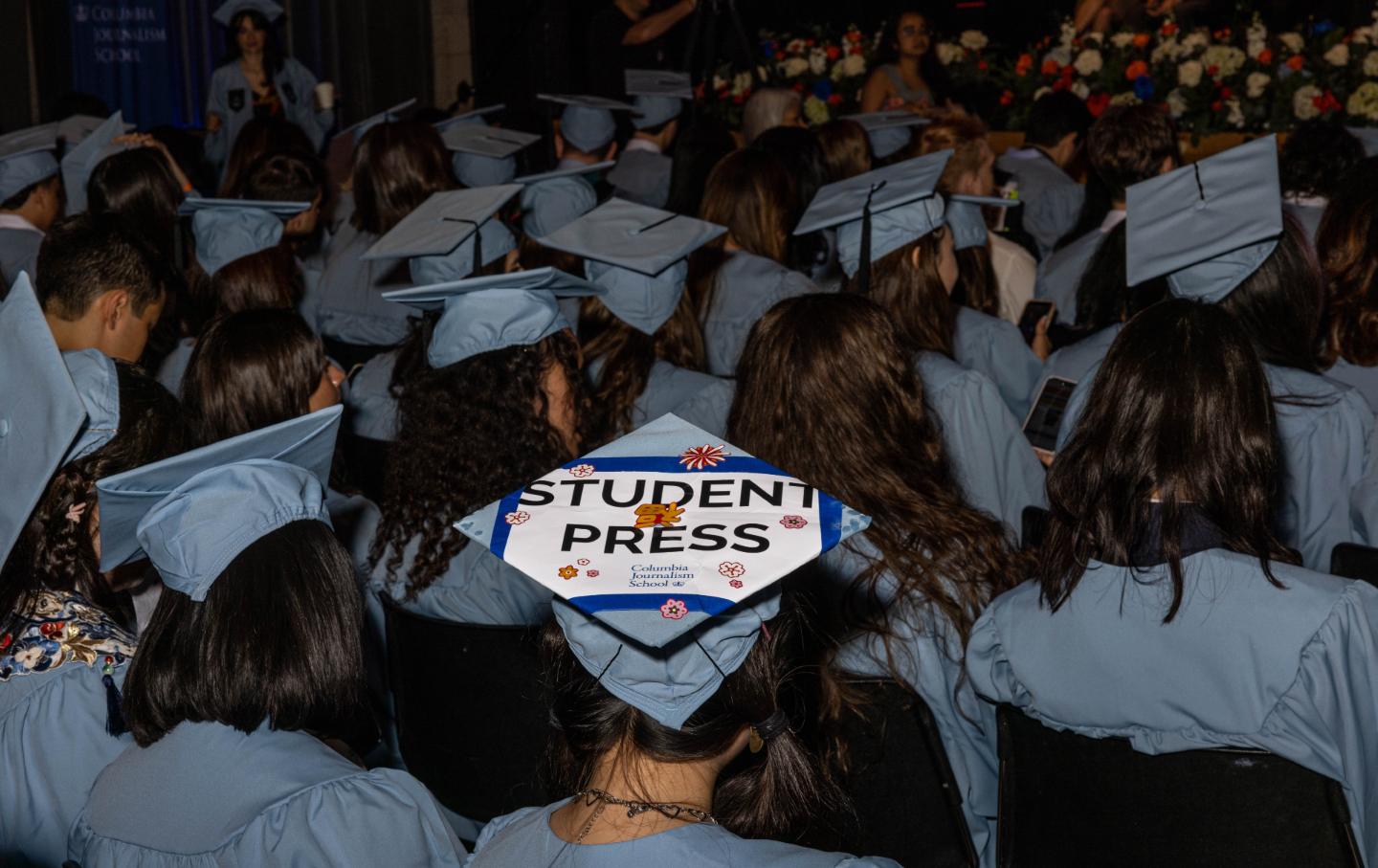
Here are StudentNation’s top 20 articles of 2024 to highlight the extraordinary reporting of the next generation.
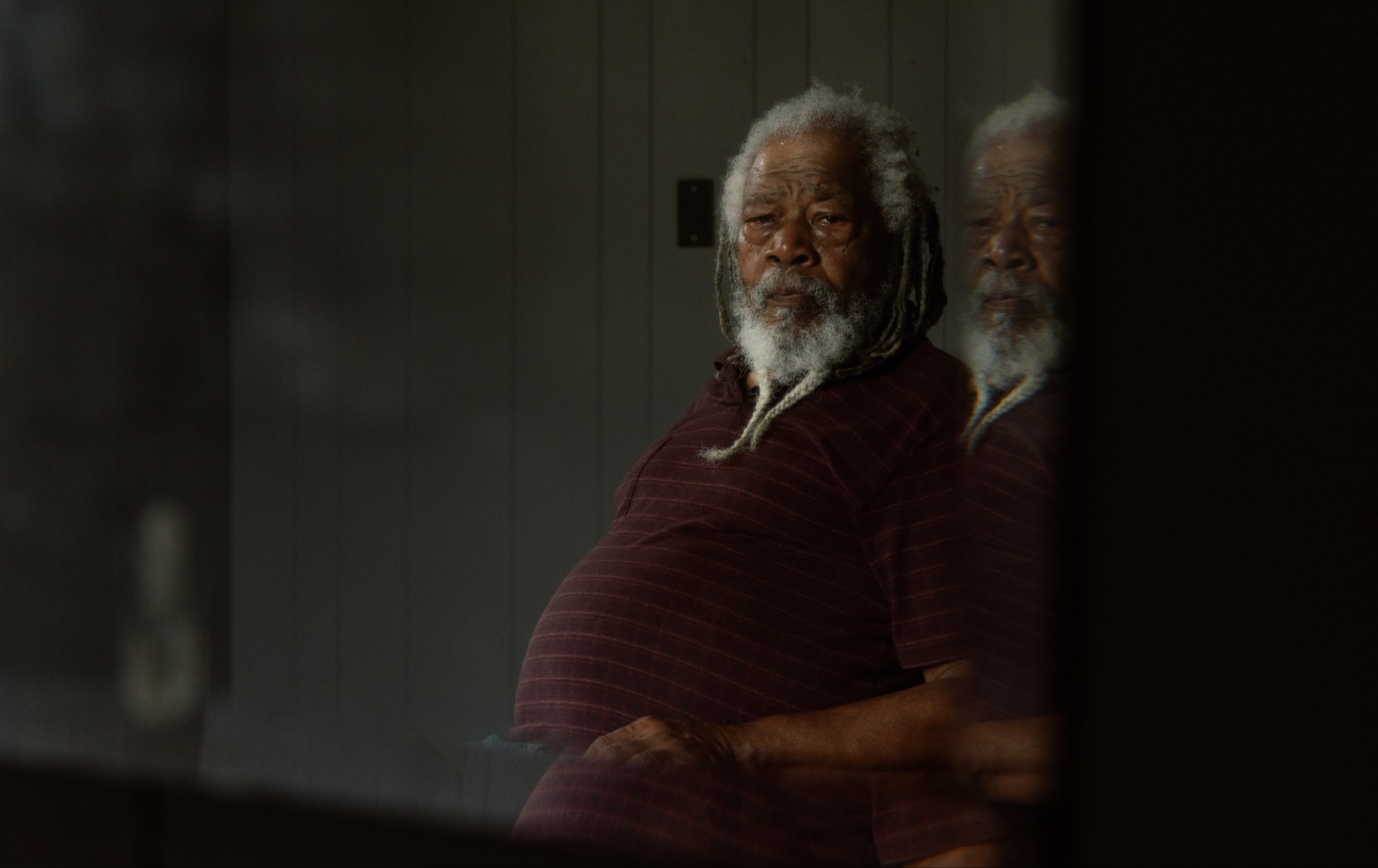
Former Black Panthers fear the FBI is still following them decades after COINTELPRO. In at least one instance, they were right.

